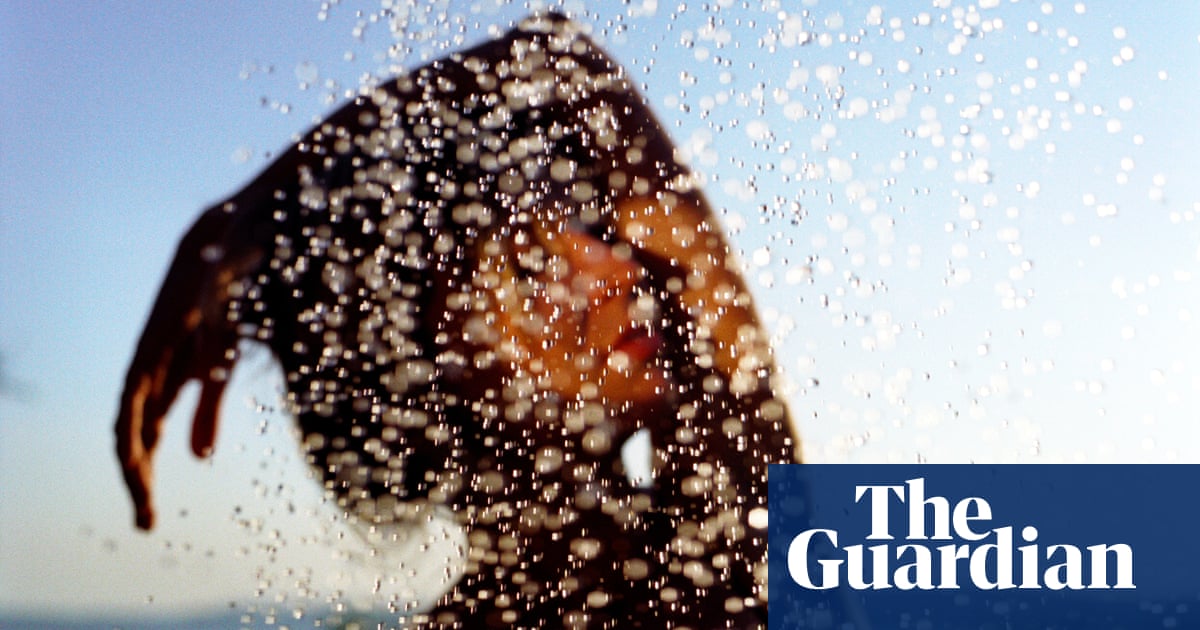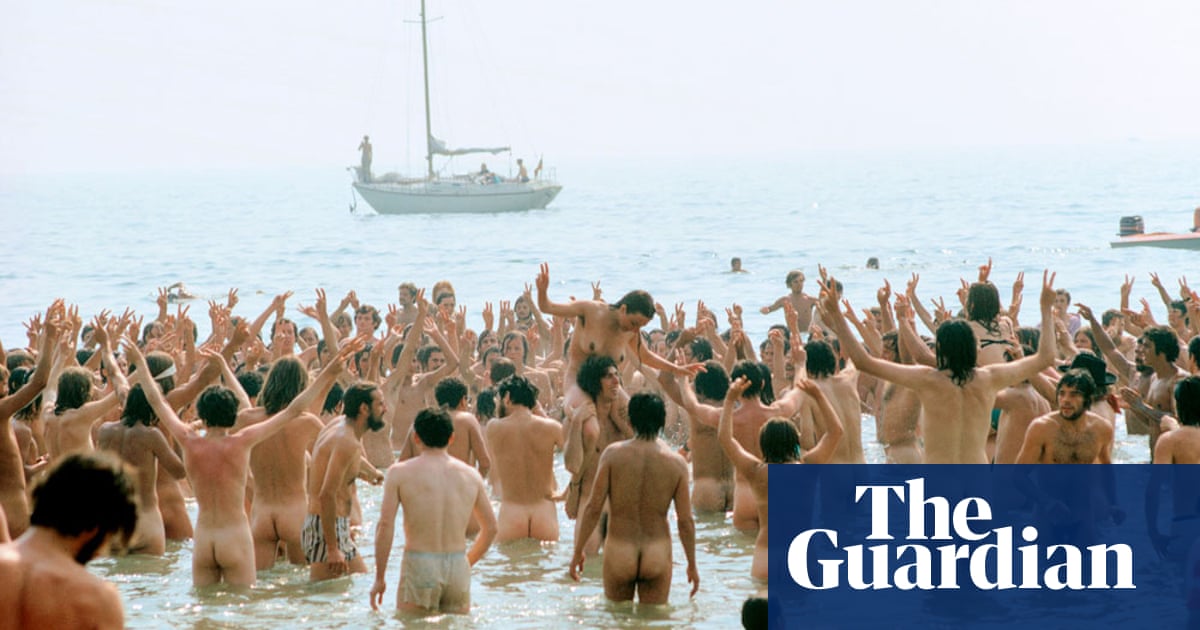
n the final day of exams at Edinburgh University in the summer of 1986, most students partied, but I flew directly to Mexico City. I was 20 years old and studying business and economics while taking photos on the side. I’d never been to the Americas before, and I wasn’t at all a good photographer; in fact, I was incredibly average.
I arrived at the 1986 World Cup under the guise of being a freelance photojournalist, but I was a Scotland fan first and foremost – they always used to say that Scottish journalists are just fans with typewriters. I did have a press pass that I’d managed to blag off the Times, which granted me access to the media pen, but I was much more interested in watching football than taking photographs of it. There was a moment in the first round of a match with Uruguay when Scotland missed an open goal. Back at the Times they were watching the TV coverage of the game and could see the striker with his head in his hands, and in the background me with my head in my hands and with my camera nowhere near the moment. And they thought: “Well this guy, Yarrow, he’s not focused on the task at all.”
These were the days in sports photography before auto-focus, meaning that to capture a moving figure clearly, you had to do a thing called follow focus. Essentially, you moved a ring on the camera in unison with the movement of the players. So if you had a 100-metre sprinter coming toward you, you would try to get as many different pictures of them in focus as possible. It’s a real skill and not one I was good at, which meant that the only decent pictures I got at the tournament were of the players lining up at the beginnings of matches.
Fifa had a rule though that every country that qualified for the tournament would be allowed one photographer on the pitch for the final. Scotland had been the first team to get knocked out. This tends to happen habitually, so all the photographers on expense bills for the newspapers were sent home along with the Scotland team. It left me, as a 20-year-old, with a press pass for the pitch of the World Cup final.
I remember going to the stadium at six o’clock in the morning, although the game was at midday. I bribed a Mexican guard with a bit of whisky and said: “Do you mind if I walk on to the pitch?” In those days, the Azteca stadium held around 120,000 people. He allowed me to walk from one goal to the other, and I could see my footprints in the dew on the grass. It was a bit of an epiphany. There’s that Mark Twain saying: “The two most important days in your life are the day your born and the day you find out why.” On the pitch I thought: “Well, I’m doing this at 20; photography has surely got to be a big part of my life?”
But this experience didn’t change the fact that I was still a fairly rubbish photographer, but I got lucky. I was in the right position for the first Argentinian goal in the final, and when Argentina won the most extraordinary thing happened. Probably about 20 to 30,000 Argentinians ran on to the pitch. It was just a scrum. I had two lenses and two cameras, like most football photographers in those days. The long lens was for covering the midfield area, and the wide-angle lens for the goalmouth areas. I thought: “If I take my wide-angle and get as close to Maradona as possible, I might get a picture.” But to be nimble, I would have to leave my long lens in the goalmouth. It was a split-second decision, but I figured that if I lost the equipment, as long as I’ve gotten close to Diego Maradona it’s the right call.
As it turned out, I got dead close to him, square on to him, just as he was lifted on to another player’s shoulders. It was like a biblical scene, with the thousands of people behind him. Maradona looked right in my eyes while holding up the World Cup. Those were the days of film, so you didn’t know if you’d gotten the shot – you didn’t know whether you’d captured it sharp or got the lighting right. I wouldn’t find out until later just how well the photo had come out, but I did return to the goalmouth to find, to my surprise, the $7,000 lens and camera still sitting there among the thousands of people.
I remember that day as if it were yesterday, and I was so fortunate to have my moment in the chaos. Maradona looked magnificent riding high on Argentinian shoulders, but little did I know back then that my photograph would stand the test of time. Maradona was a genius, and I owe him so much.
David Yarrow’s CV
Born: Glasgow, 1966
Training: “Pitch side at the local football club.”
Influences: Steven Spielberg, Martin Scorsese, Don McCullin.
High point: “Christmas 2014, photographing South Sudan – the rawest place left on Earth.”
Low point: “Realising there was no film in my camera at a World Cup semi-final.”
Top tip: “Be your own biggest critic.”












